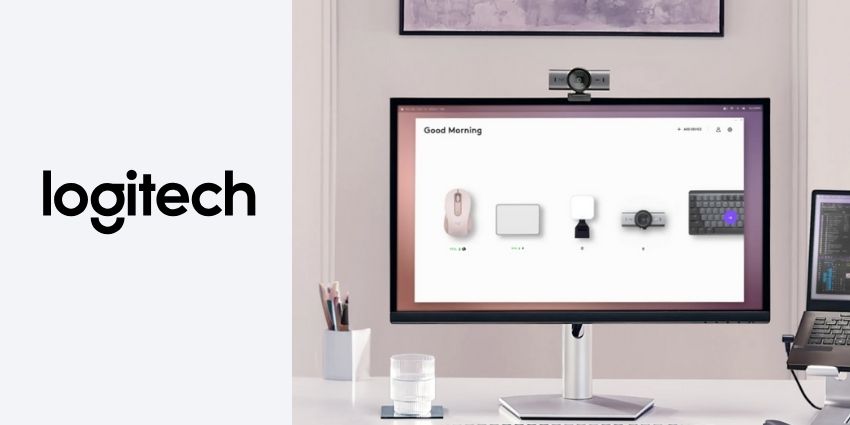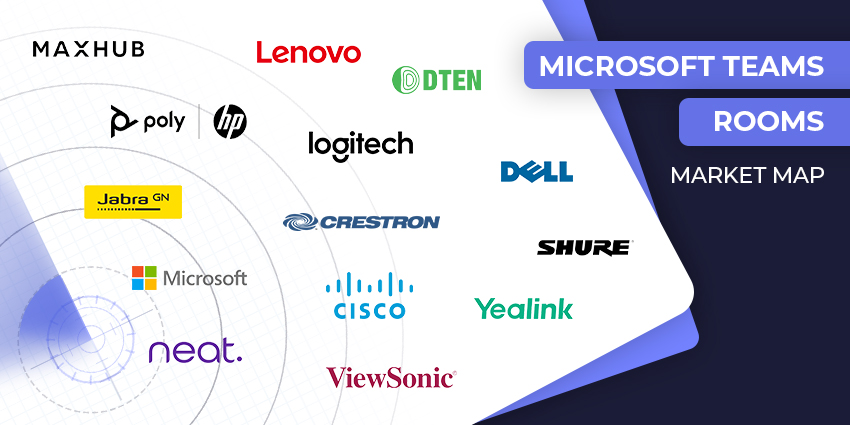Microsoft has embarked on a mission to design more inclusive and collaborative hybrid meeting rooms.
In doing so, it’s experimenting with new styles of furniture, audio-visual technology, and room positioning.
As it does so, the tech giant is deploying a new hybrid setup within some of its medium-sized and small meeting rooms.
For instance, it is doing so at ‘The Hive’, Microsoft’s headquarters campus in Redmond, Washington.
While Microsoft tinkers with such environments, it is developing a set of what it hopes will become new global audiovisual standards.
As a recent blog post by the tech giant explains, these standards detail how various elements within a meeting room should interact and intersect with one another.
Matt Hempey, Principal Program Manager with Microsoft Digital Employee Experience, an organization that helps employees interact with digital tools in the workplace, describes his experience as part of the team working at The Hive: “We want to create an environment that is halfway between the physical and virtual.
“These rooms represent the kind of hybrid experiences that we can deploy at scale around the world.
“We dedicated this space to really rethink how the meeting room should be redesigned to optimize for a hybrid.
“We cleared out all the tables and all the tech and just started with a blank slate.”
Hempey also gave his assessment of Teams:
As we work across our rooms to make them optimised for hybrid, Microsoft Teams gives us the platform that allows us to be flexible, to deploy the right experience, with the right equipment, for each audience in each space.
The Latest Hybrid Meeting Room Design
Although the pandemic helped to drive more equitable meeting room solutions for remote attendees, with many employees back in the office, Microsoft believes it needs to reimagine the workplace design once again.
Fortunately, Microsoft Teams’ meeting room technologies have evolved since this time, putting it in a better position to create new experiences for its employees, vendors, and customers.
Microsoft employees have been using one of the new hybrid meeting room solutions that divide the attention equally between those attending virtually and those in the room.
Although altering the physical construct of a meeting room is not easy, after a few attempts, the employee experience team successfully built a single enclosure that housed all the video, audio, networking, projection, and computing necessities.
This enclosure can now be brought into a room and plugged in alongside additional technology, such as a wide-angle camera that can utilize artificial intelligence for close-up views of the participants.
Further, AI technology can be integrated into audio devices to minimize echo and howling, which previously negatively impacted virtual attendee experiences.
Sam Albert, a Principal Program Manager with Microsoft Digital Employee Experience who works on Hempey’s team and specializes in physically constructing meeting rooms, gives a sense of the extent of its redesign:
We had to rethink things from the ground up. The first thing we did was to rotate the room.
“That allowed us to have the people in the room look at each other, but importantly, also look at the people who were calling in.
By shifting the focus from the center of the room towards the camera at the front of the room, Albert explains: “This allows us to approximate face-to-face interaction. Our front row alignment is a core part of our hybrid meeting room experience.”
UC Today recently explored how to choose the right technology for your Microsoft Teams Room.







